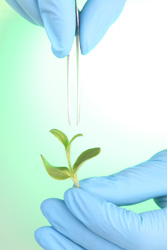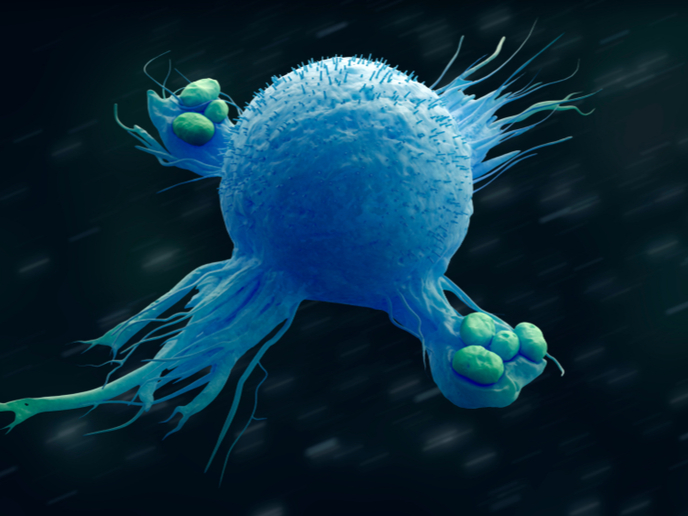Transgenesis can help plants protect against stress
Arabidopsis UGT74E2 is an indole-3-butyric acid (IBA)-glycosyltransferase found in the plant's root expansion zone and the margins of leaf base and petioles. IBA is a plant hormone or auxin, which has a crucial role in coordinating many growth and behavioural processes in the plant life cycle. UGT74E2 can be easily transcripted by introducing various biotic and abiotic stress conditions. Being able to do this and so increasing the production of UGT74E2 can achieve changes in IBA homeostasis and the plant structure. This opens the way for adapting to adverse environmental conditions such as water stress. The EU-funded project 'Linking redox and hormonal signalling in Arabidopsis plants with altered levels of a stress-inducible glycosyltransferase' (Redoxhormone) investigated ways in which plant growth processes can be manipulated to improve their tolerance to drought or water stress. Work was done to demonstrate various processes that succeed in modifying plant make-up and reactions to environmental stressors. In the process, it was revealed that IBA and IBA-glucose are important regulators of morphological and physiological stress adaptation mechanisms. Main results show that UGT74E2 over-expression can alter auxin homeostasis and enable transgenic plants to survive extended periods of drought and high salt content. Just as important, the project was able to show that auxins may be able to help safeguard the photosynthesis process when plants are subject to water stress. These and other Redoxhormone project results are positive markers in the search for new means of protecting crops, dealing with water stress and improving the yields of cultivated crops. This is a definite plus on the road toward a more sustainable society and the use of food and non-food applications for renewable resources and increased biomass production.







